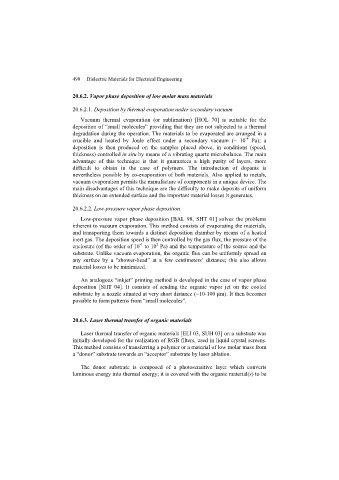Page 492 - Discrete Mathematics and Its Applications
P. 492
7.3 Bayes’ Theorem 471
EXAMPLE 2 Suppose that one person in 100,000 has a particular rare disease for which there is a fairly
accurate diagnostic test. This test is correct 99.0% of the time when given to a person selected
at random who has the disease; it is correct 99.5% of the time when given to a person selected
at random who does not have the disease. Given this information can we find
(a) the probability that a person who tests positive for the disease has the disease?
(b) the probability that a person who tests negative for the disease does not have the disease?
Should a person who tests positive be very concerned that he or she has the disease?
Solution: (a) Let F be the event that a person selected at random has the disease, and let E be
the event that a person selected at random tests positive for the disease. We want to compute
p(F | E). To use Bayes’ theorem to compute p(F | E) we need to find p(E | F), p(E | F),
p(F), and p(F).
We know that one person in 100,000 has this disease, so p(F) = 1/100,000 = 0.00001 and
p(F) = 1 − 0.00001 = 0.99999. Because a person who has the disease tests positive 99% of
the time, we know that p(E | F) = 0.99; this is the probability of a true positive, that a person
with the disease tests positive. It follows that p(E | F) = 1 − p(E | F) = 1 − 0.99 = 0.01;
this is the probability of a false negative, that a person who has the disease tests negative.
Furthermore, because a person who does not have the disease tests negative 99.5% of
the time, we know that p(E | F) = 0.995. This is the probability of a true negative, that a
person without the disease tests negative. Finally, we see that p(E | F) = 1 − p(E | F) =
1 − 0.995 = 0.005; this is the probability of a false positive, that a person without the disease
tests positive.
The probability that a person who tests positive for the disease actually has the disease is
p(F | E). By Bayes’ theorem, we know that
p(E | F)p(F)
p(F | E) =
p(E | F)p(F) + p(E | F)p(F)
(0.99)(0.00001)
= ≈ 0.002.
(0.99)(0.00001) + (0.005)(0.99999)
(b) The probability that someone who tests negative for the disease does not have the disease is
p(F | E). By Bayes’ theorem, we know that
p(E | F)p(F)
p(F | E) =
p(E | F)p(F) + p(E | F)p(F)
(0.995)(0.99999)
= ≈ 0.9999999.
(0.995)(0.99999) + (0.01)(0.00001)
Consequently, 99.99999% of the people who test negative really do not have the disease.
In part (a) we showed that only 0.2% of people who test positive for the disease actually
have the disease. Because the disease is extremely rare, the number of false positives on the
diagnostic test is far greater than the number of true positives, making the percentage of people
who test positive who actually have the disease extremely small. People who test positive for
the diseases should not be overly concerned that they actually have the disease. ▲
GENERALIZING BAYES’ THEOREM Note that in the statement of Bayes’ theorem, the
events F and F are mutually exclusive and cover the entire sample space S (that is, F ∪ F = S).
We can extend Bayes’theorem to any collection of mutually exclusive events that cover the entire
sample space S, in the following way.

